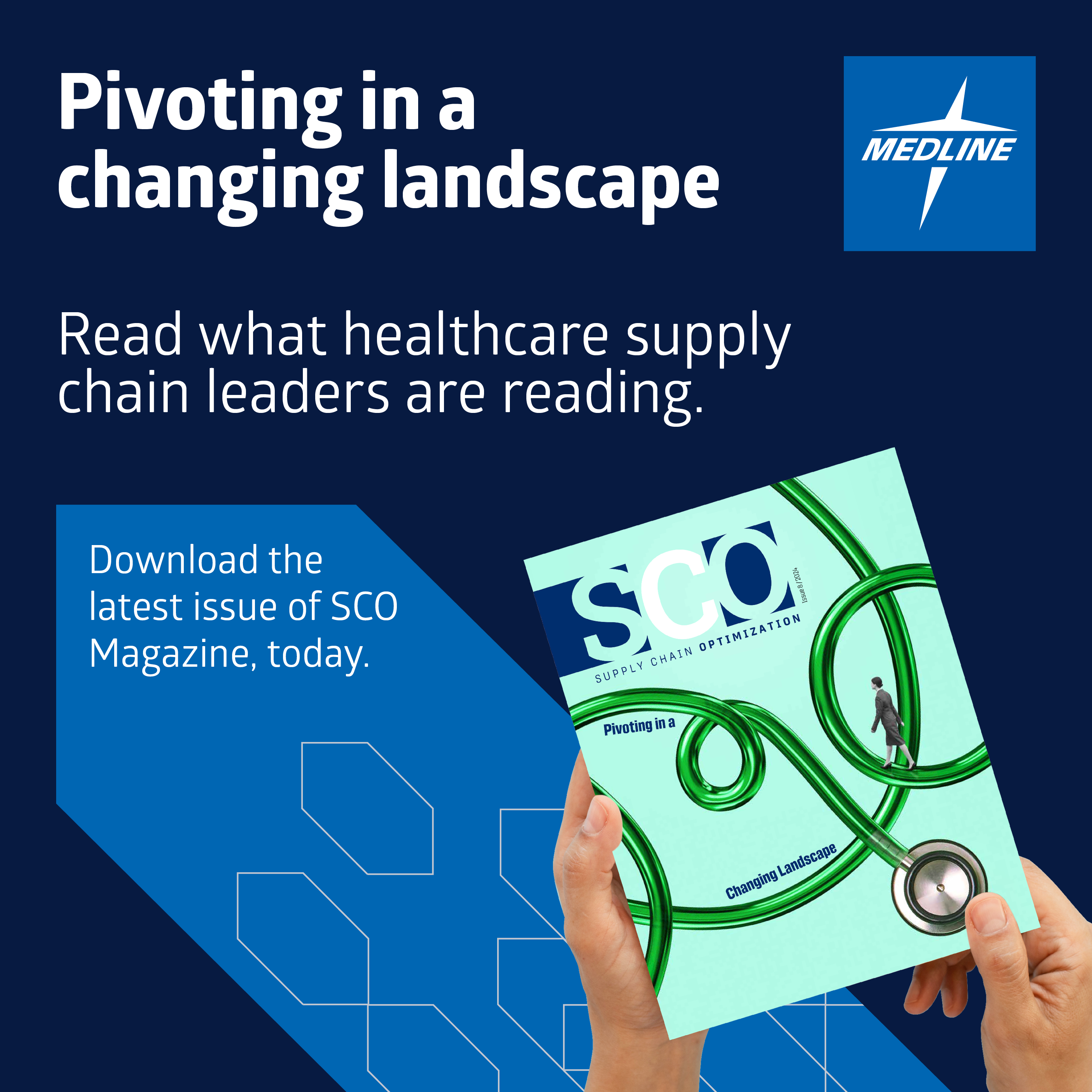Healthcare and Innovation: How Supply Chain Can Drive Systemic Change

By Medline Newsroom Staff | June 3, 2019
Healthcare is in “disrupt or be disrupted” mode. While many may first think about medical breakthroughs or new devices when it comes to innovation, supply chain teams working behind the scenes to improve care at the bedside have a unique opportunity to drive systemic and sustainable change. Medline recently invited a select group of industry experts and supply chain leaders from systems throughout the Midwest and West Coast for a candid roundtable discussion about innovation.
Obstacles Abound
From complex approval processes and governing bodies, to being home to one of the largest public hospitals in the country, and even navigating emerging labor hurdles in a state that legalized marijuana, concerns far surpass the simple subject of price. Supply chain roles are evolving at record pace and requiring new thinking and approaches to care quality, resources and contributing to sound financial health.

Jim Boyle, EVP of Acute Care Sales at Medline, welcomes attendees to the round table.
Solving for Tomorrow
Attendees were eager to learn more about how data analysis, artificial intelligence and machine learning can create a viable way to drive organizational transparency and efficiency. Many shared how despite having more than a dozen tools, healthcare continues to be information rich but data poor. One attendee from the Midwest expressed how innovation in sourcing can spark shared risk, shared investment and shared reward if open to thinking differently.

Participants ranked innovation culture at their organizations as part of a session on the innovation management journey.
Collaboration vs Transaction
Health systems can’t drive change alone yet a number of attending supply chain leaders expressed being burned by “partners” who didn’t deliver. That sparked deeper dialogue into how healthcare needs integrated partnerships and less transactional ones to drive meaningful change. Some shared examples of strategic vendor partnership initiatives, tapping into system teams like EVS, clinical and supply chain to create solutions, and “all hands” vendor summits to drive more deliberate collaboration. A few systems also talked about how they are pushing the boundaries of traditional supply chain responsibilities with existing vendor partners.
“As the market continues to consolidate and consumer needs and behaviors evolve, health systems are no longer looking for a basic distribution partner,” says Jim Boyle, EVP of Acute Care Sales, Medline. “They are looking for an integrated partner who can help them set and achieve their long-term strategic goals. We heard this theme resonate loud and clear. The discussion was eye opening for everyone involved and we look forward to learning more about what can happen when you approach relationships and perspectives differently in healthcare today.”
Stay tuned for a multi-part series on trends that emerged from these discussions surrounding data analysis, revenue generation and creative standardization. We’ll also share insights from supply chain leaders about how they are driving sustainable change.
Learn more about how Medline helps health systems accelerate strategy and improve operating performance here.
Medline Newsroom Staff
Medline Newsroom Staff
Medline's newsroom staff researches and reports on the latest news and trends in healthcare.
